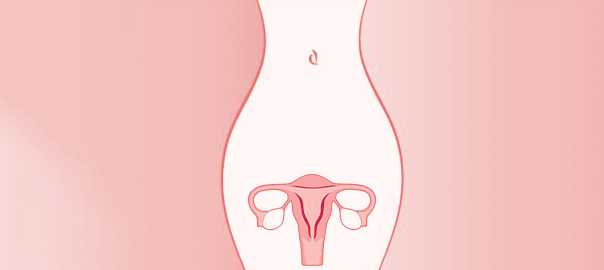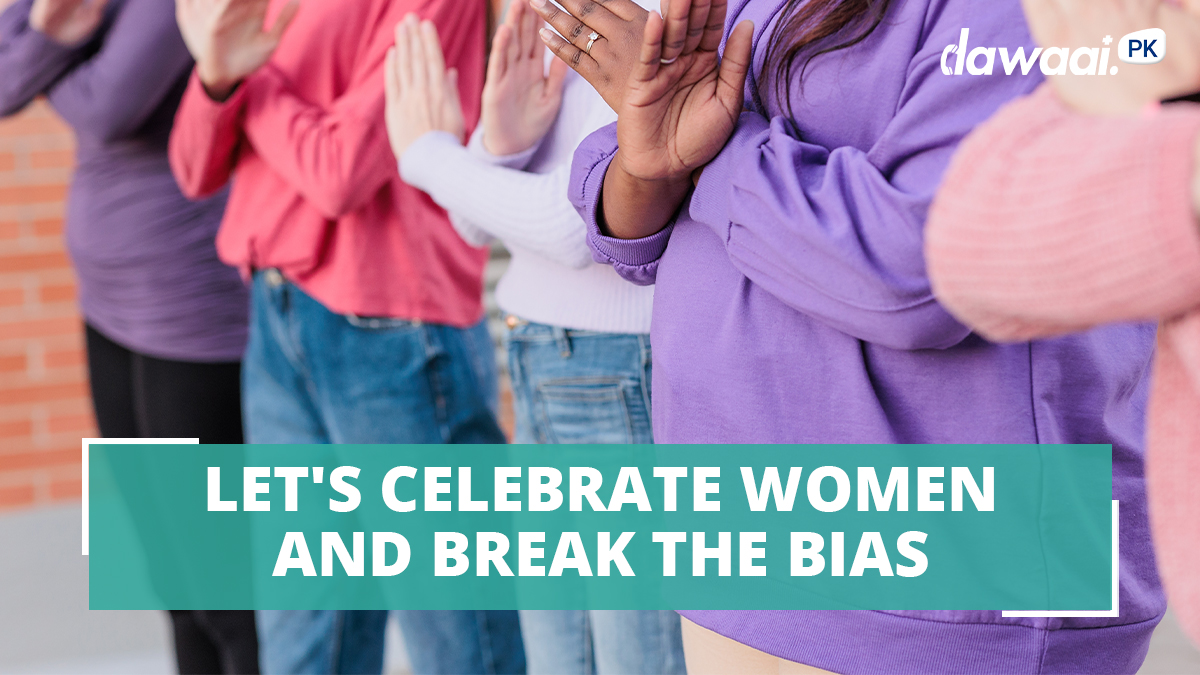Medically reviewed by Dr. Unsa Mohsin.
It is 2019, and women still are shamed when they talk about menstruation or even menstrual disorders. Forced to use euphemisms for period, they hide their pads while going to the washroom, and use totkays instead of actually going to the gynecologist to fix any menstrual disorder. Society has its head up a brown paper bag, and it will take a good amount of time to get it out. There are too many menstrual disorders people are ignorant of, and the only way to raise awareness of them is to talk about the monthly flow.
Menstrual flow-knocking on your door every month!
Most women have their period every month, which is the shedding of the uterine lining and production of the menstrual fluid. This fluid is free of toxins as the lining was pure enough to nurture a baby. Mentioning this is important because many women are termed as na-paak during this month whereas the reason behind it is not na-paak at all. Therefore, you need to stop ovary-reacting and start raising your voice on it as this blood is no more harmful than regular blood.

A Simplified Wikipedia of Some Common Menstrual Disorders
Menstrual disorders refer to dysfunctions in the menstrual cycle. If you’re going through difficulties with menstruation, waste no time in consulting a doctor. Once a disorder has been identified, you can get treatment for it.

Some common menstrual disorders are:
- Amenorrhea (No Bleeding): It is the absence of periods for two to three months in a row. This can also be a side-effect of the medication you are using or a symptom of diseases like polycystic ovaries.
- Dysmenorrhea: This refers to particularly painful menstrual periods. This can cramp up your day, both, metaphorically and literally. The pain tends to initiate in your abdomen, back or thighs. It also affects the ability to concentrate, work or move around. Therefore, if you see any woman in pain then help her out by getting hot water bags or chamomile tea instead of making a ‘that time of the month’ joke.
- Menorrhagia (Heavy menstrual bleeding): Nearly twenty percent of people have such heavy periods that they are forced to halt regular activities just to manage the blood flow. If you’re changing your pad every other hour, you need to seek help. The problem may be caused by hormonal imbalances or uterine abnormalities.
- Oligomenorrhea: This refers to menstruation that is infrequent. You need to see your doctor if you go more than 35 days without a period and aren’t even on birth control pills.
Getting Over the Menstrual Silence
Pakistani society tends to take menstruation as a taboo subject – speaking up about periods is something only immoral characters do, right? But the simple fact is that this taboo does immeasurable harm. Countless women suffer in silence through pain and disorders that could get treated if only they were identified. Breaking the silence isn’t about society becoming immoral – it’s about offering relief to literally half the population’s problems. It’s high time we recognize this and help to educate our daughters to embrace their bodies and let them know that their periods aren’t shameful.

The above mentioned menstrual disorders are just the most common ones. Women go through a lot more, but because of ‘log kya kahenge’, they aren’t even able to talk about their issues to the gynecologist properly. Let’s put an end to all of this, normalize menstruation talk and make people realize that disorders like these do exist.
Guest Post Credit: Asma Qadri




